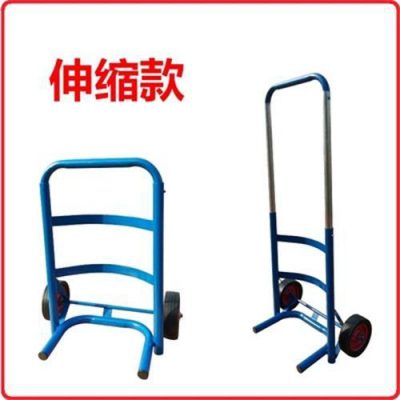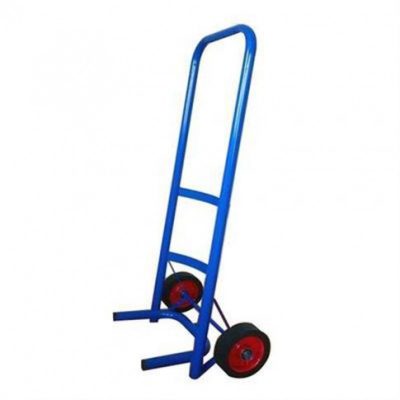1. Assess Material Handling Needs:
- Identify the types of materials, products, or equipment that need to be transported using trolleys.
- Determine the weight, size, and dimensions of the items to be moved.
2. Choose the Right Type of Trolley:
- Select trolley types based on the specific requirements of your business. Common types include platform trolleys, shelf trolleys, cage trolleys, and pallet trolleys.
- Ensure the chosen trolley type suits the characteristics of the materials you’ll be handling.
3. Consider Load Capacity:
- Determine the maximum weight capacity of the trolley and ensure it can accommodate the heaviest loads you’ll be moving.
4. Optimize Mobility and Maneuverability:
- Choose trolleys with appropriate wheel configurations (swivel, fixed, or lockable) based on your workspace layout and navigation needs.
- Consider the type of flooring (smooth, rough, or inclined) the trolley will be used on.
5. Ensure Ergonomics and Safety:
- Prioritize trolleys with ergonomic handles, comfortable grips, and user-friendly controls to minimize strain on operators.
- Look for safety features such as brakes, anti-tip mechanisms, and guards to prevent accidents.
6. Customize for Efficiency:
- If possible, opt for customizable trolleys that can be modified to include additional features or attachments specific to your industry needs.
- Attach accessories like tool holders, bins, or trays to optimize the trolley for your workflow.
7. Organize and Label:
- Implement color coding or labeling systems to differentiate trolleys meant for different tasks or materials. This reduces confusion and speeds up material retrieval.
8. Plan Pathways and Storage:
- Designate clear pathways for trolley movement and ensure that storage and loading stations are strategically located to minimize distances.
- Consider vertical storage options to optimize space utilization and keep materials easily accessible.
9. Train Operators:
- Provide comprehensive training to trolley operators on proper handling techniques, safety protocols, and efficient material loading and unloading.
10. Regular Maintenance: – Implement a routine maintenance schedule to keep trolleys in optimal condition. Check wheels, lubricate moving parts, and repair any damage promptly.
11. Implement Technology: – Explore technology solutions such as RFID tagging or barcode scanning to track trolley movements, monitor inventory, and optimize material flow.
12. Continuous Improvement: – Regularly assess trolley usage and seek feedback from operators. Identify bottlenecks, inefficiencies, and areas for improvement, then make necessary adjustments.
13. Promote a Safety Culture: – Foster a workplace culture that prioritizes safety. Encourage operators to follow safety guidelines and report any issues promptly.
14. Monitor and Adapt: – Continuously monitor the performance of your material handling processes and trolley usage. Be prepared to adapt strategies as your business evolves.
By following these steps, you can effectively leverage industrial trolleys to optimize material handling processes, enhance productivity, and create a safer and more efficient workplace.



















